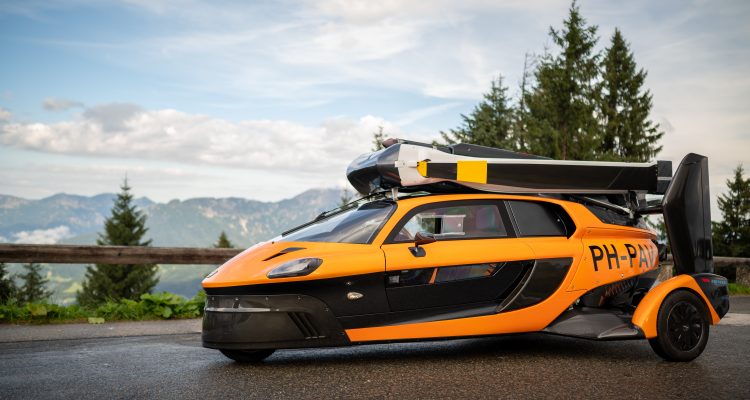PAL-V is an acronym for Personal Air and Land Vehicle.
In 2012, the PAL-V One test prototypes underwent both driving and flight tests, followed by extensive design advancements that led to the creation of the PAL-V Liberty. The PAL-V Liberty was built with a variety of advanced materials from Toray Composite Materials. The body panels, doors, and fuel tank were built using 200gsm TORAYCA® T300/ER450 fabric, 300gsm TORAYCA® T700/ER450 UD, and CK hybrid carbon fiber and aramid fiber materials. 190gsm TORAYCA® T700S/#2510 fabric and 150gsm TORAYCA® T700G/#2510 UD carbon fiber composite materials were used to build the rotor blades of the vehicle.
The PAL-V Liberty FlyDrive vehicle earned its European road certification in 2020, granting it the ability to be driven on public roads. At the time, Mike Stekelenburg, CTO of PAL-V, said, “With the memories in mind of fly and drive testing our proof of concept, the PAL-V One, I was really looking forward to testing the Liberty. For me, the trick in successfully making flying car is to ensure that the design complies with both air and road regulations. I feel the energy and motivation in our team to push hard for the last few milestones and get the Liberty certified for flying too.”
Recently the PAL-V Liberty successfully completed its first Periodic Technical Inspection (PTI).
“We are thrilled to announce the successful PTI of the PAL-V Liberty, which underscores our unique capability to design and produce safe, reliable, and sustainable FlyDrive solutions for B2B, B2G and private customers,” said Robert Dingemanse, CEO of PAL-V. “Four years ago, we made history with our road certification, and today we continue to lead the FlyDrive Mobility solution market globally.”
The PAL-V team is now focused on compliance demonstration, the final stage of air certification for the Liberty.


